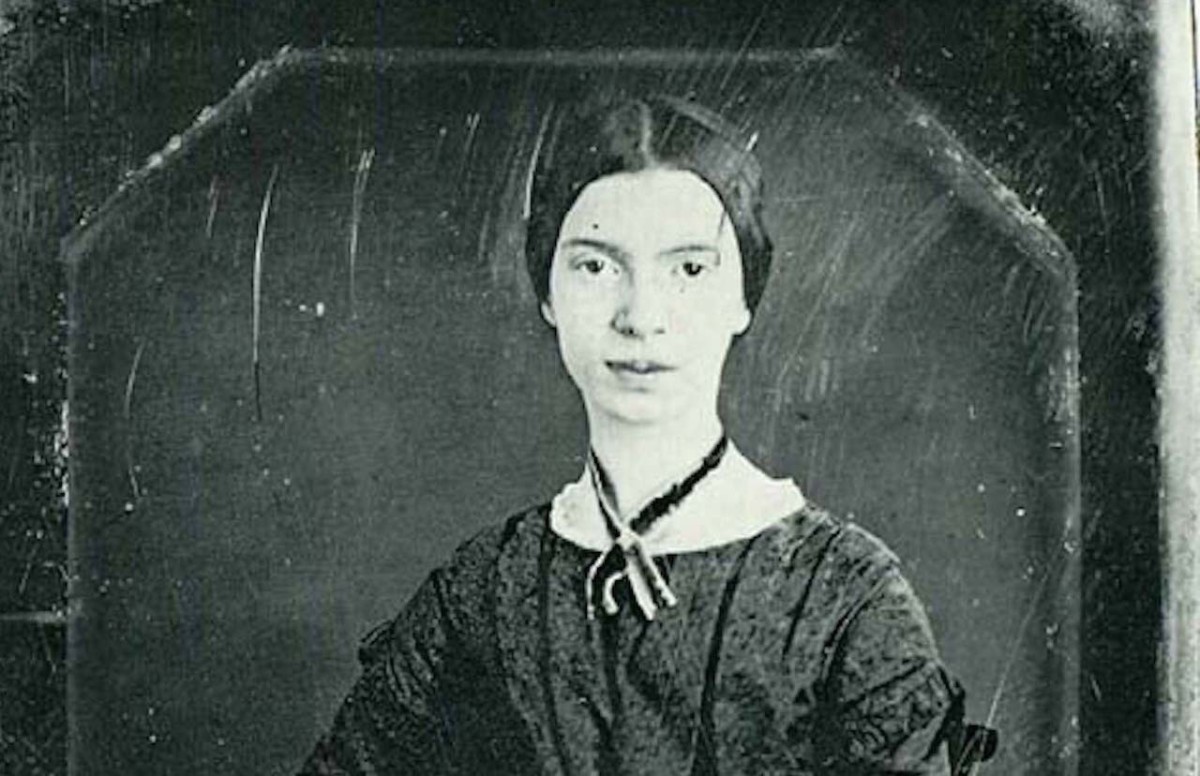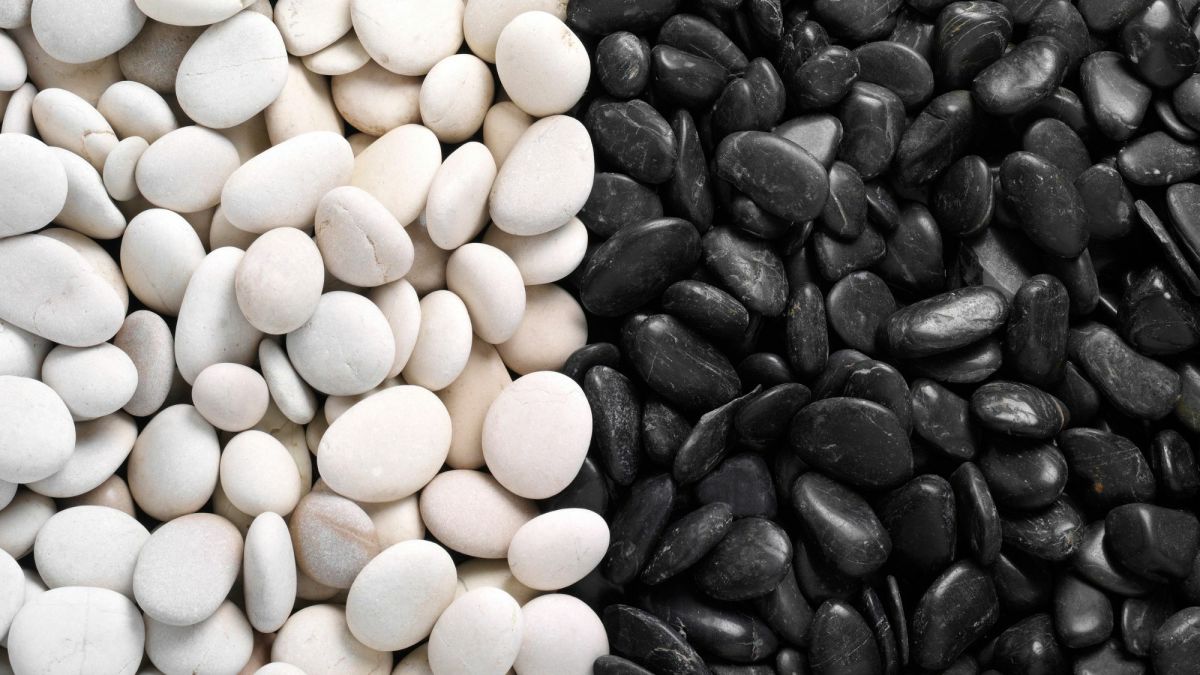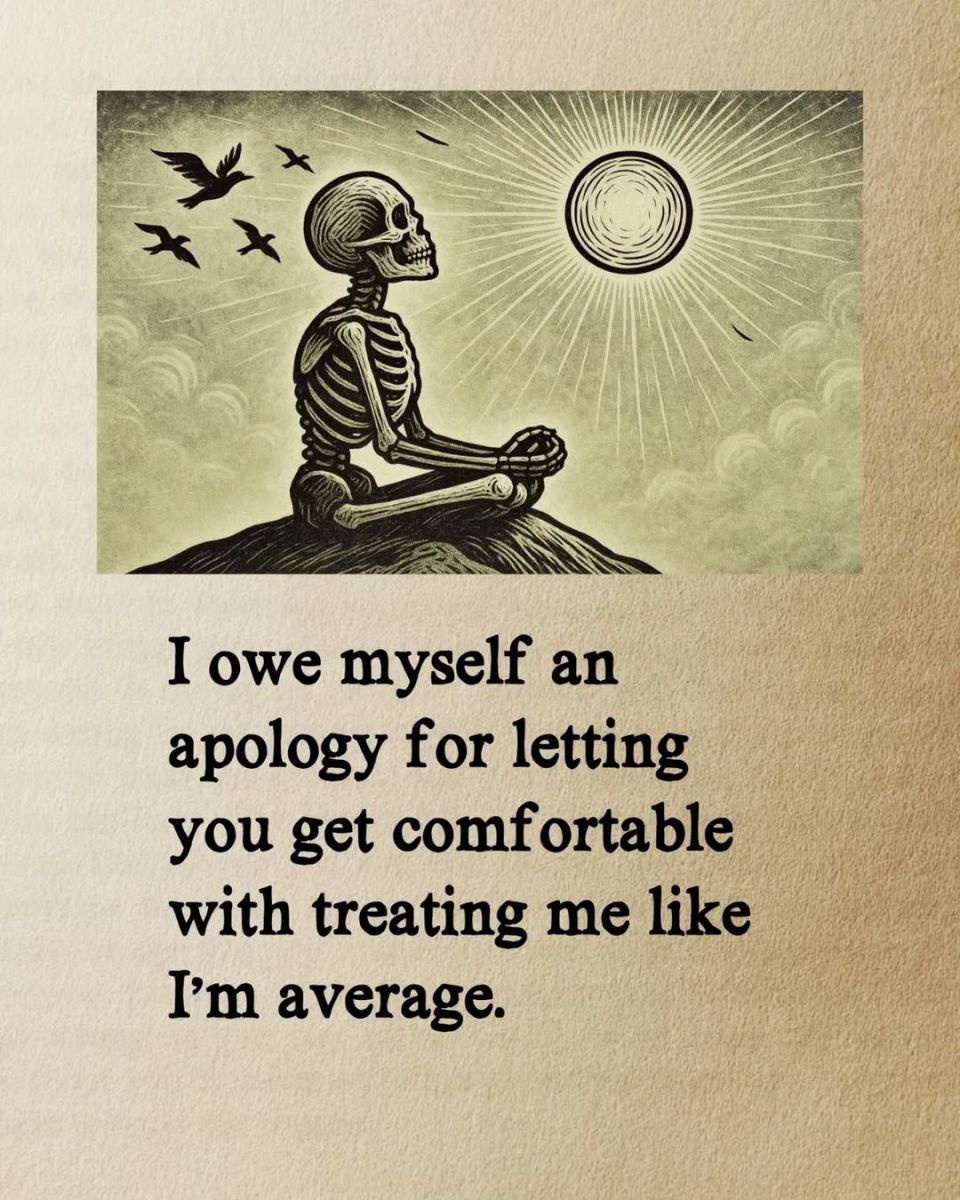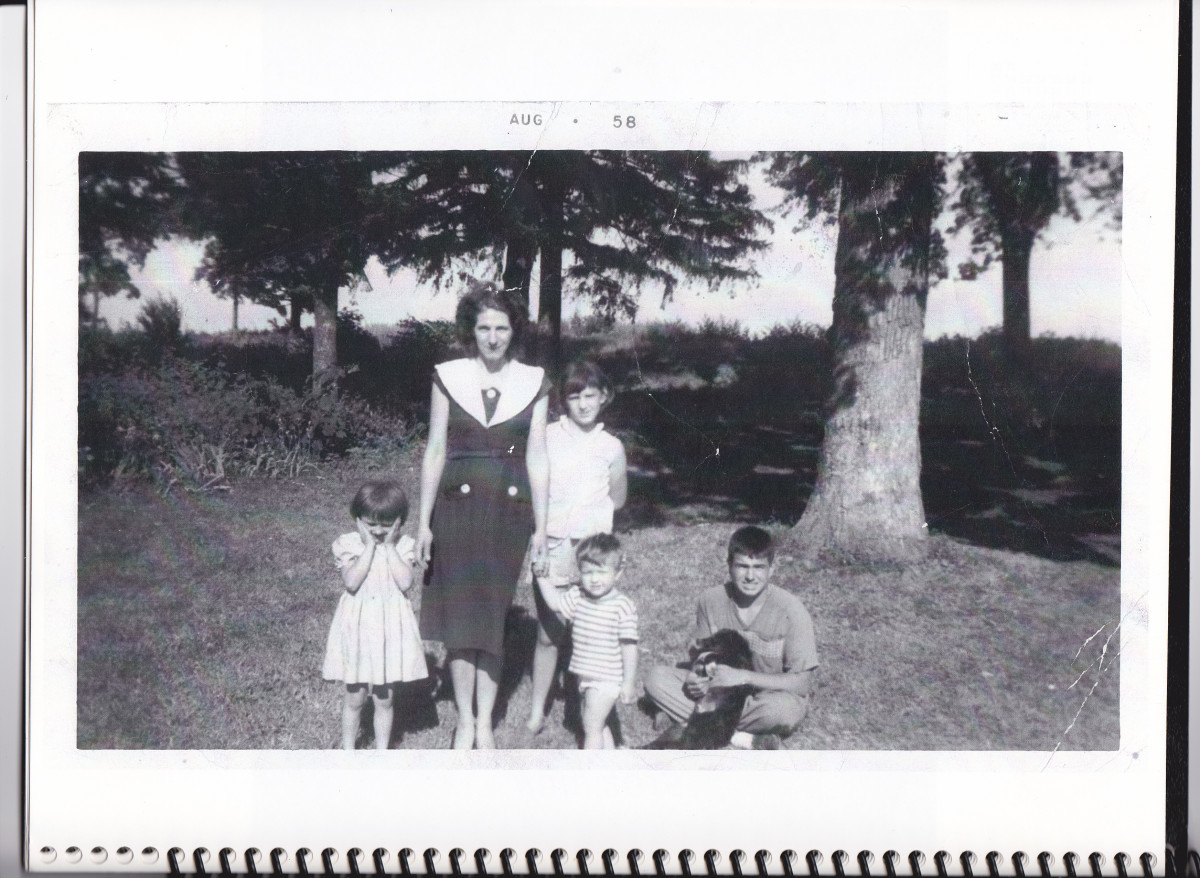Emily Dickinson Rides with Death in Poem #712
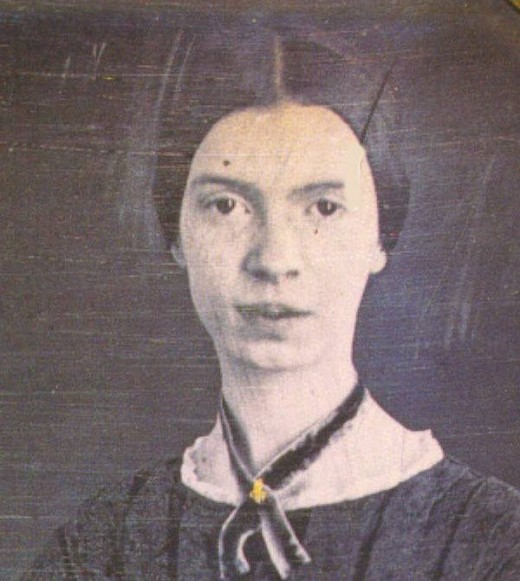
Emily Dickinson's description of death
In poem #712, Dickinson describes the cycle of life and death while riding with the Grim Reaper. However, the poem isn’t dark nor is it fatalistic. In fact, the author’s description of the ride with Death gives the reader the impression that they’re sharing a leisurely carriage ride together. A genteel ride through the country side that eventually takes the author into eternity.
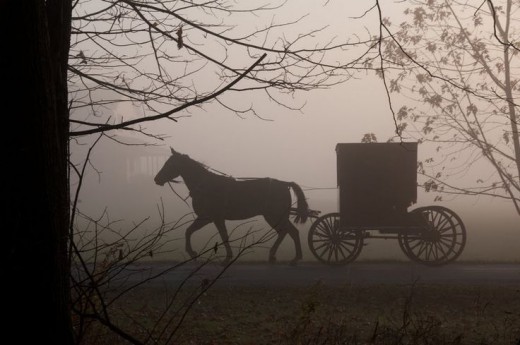
Dickinson’s poem #712 is broken down into six stanzas with each broken down into quatrains.
Dickinson’s poem #712 is broken down into six stanzas with each broken down into quatrains. This poem can be considered a lyrical one, with a rhyming line “He kindly stopped for me- … And Immortality” (lines 2-4), combined with non rhyming lines. The poem, when read out load has an intoxicating, melodic flow that envelops the reader into the text. In the beginning stanza Dickinson helps set the tone for a cordial, almost romantic ride with her companion:
Because I could not stop for Death-
He kindly stopped for me-
The Carriage held but just Ourselves-
And Immortality. (1-4)

Fields of grain and the setting sun
Death arrives, not as soul stealing dark figure riding on a nightmare, but as a gentleman caller in a carriage made for two. The tone in the first stanza is solemn, but the author isn’t afraid of her visitor, instead she is happy that he has stopped by to visit.
Dickinson continues the cordial tone through the second stanza describing how they rode together “We slowly drove- He knew no haste” (5). Death doesn’t need to be in a hurry, he is deliberate and precise, always arriving at the pre-destined time. This line also reinforces the intimacy between the author and Death that was initiated in the first stanza. In the third stanza the author begins to describe scenes along their ride:
We passed the School, where Children strove
At Recess- in the Ring-
We passed the Fields of Gazing Grain-
We passed the Setting Sun- (9-12)
The first image of children playing indicates a distant memory from the author’s child hood. It serves to remind the reader of the exuberance that children have, not wanting for anything or worrying about life, just wanting to play. The fields of gazing grain are symbolic for the cycle of life. Grain is planted, then grown, then eventually harvested. We are born, we live, and then we are harvested by Death. At the end of the stanza the author and Death pass the setting sun. The setting of the sun alludes to the coming end of the day, or in this poem life.
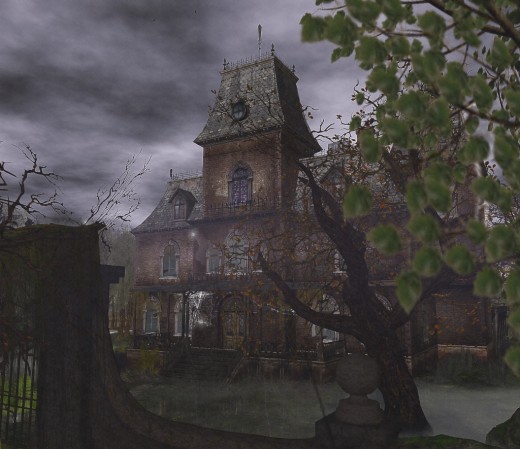
The final stop
The ride continues into the night until the author reaches another stop in their journey. They arrive at a house, but the description of the home indicates that it may actually be the author’s final resting place:
We paused before a House that seemed
A Swelling of the Ground-
The Roof was scarcely Visible-
The Cornice- in the Ground- (17-20)
The house that the author speaks of is actually a grave, indicated by the swelling in the ground. Notice that the carriage didn’t stop at the grave, just paused. The house isn’t the final destination for Dickinson, only a repository for her earthly remains. The journey continues, and the author realizes that time has become insignificant. Death has maneuvered the reins, turning the horses head and ushered her into eternity.
Works Cited
Dickinson, Emily. “712.” The American Tradition In Literature. Ed. George Perkins, Barbara Perkins. Mcgraw –Hill, 2002. 974.
© 2010 Augustine A. Zavala


